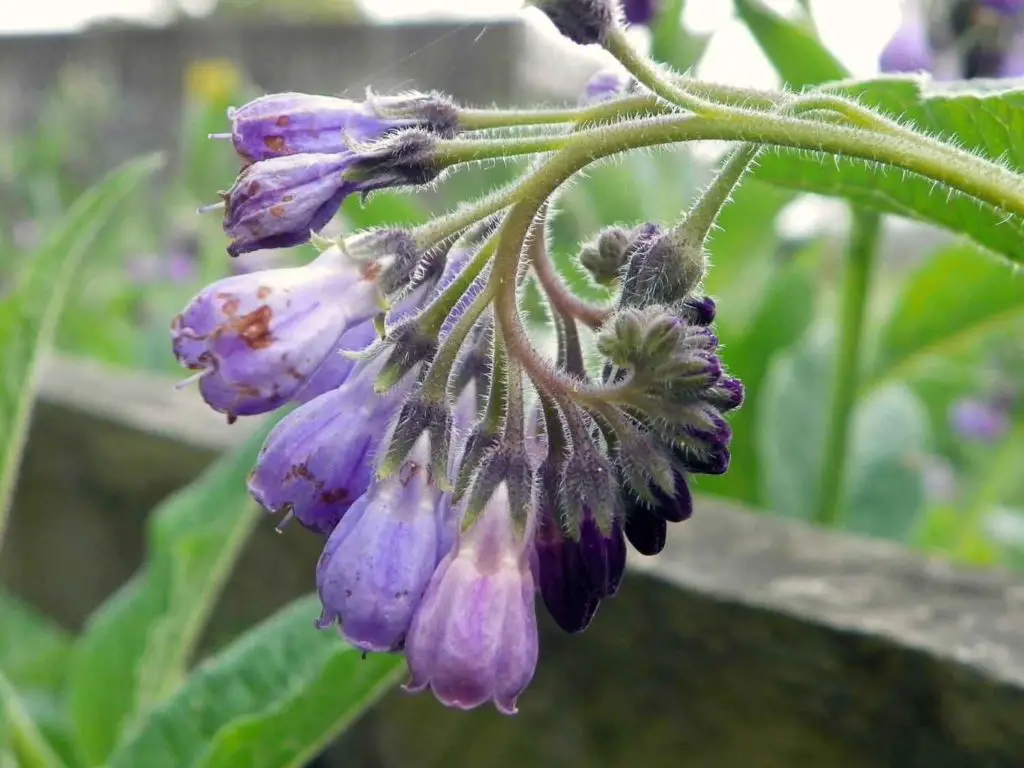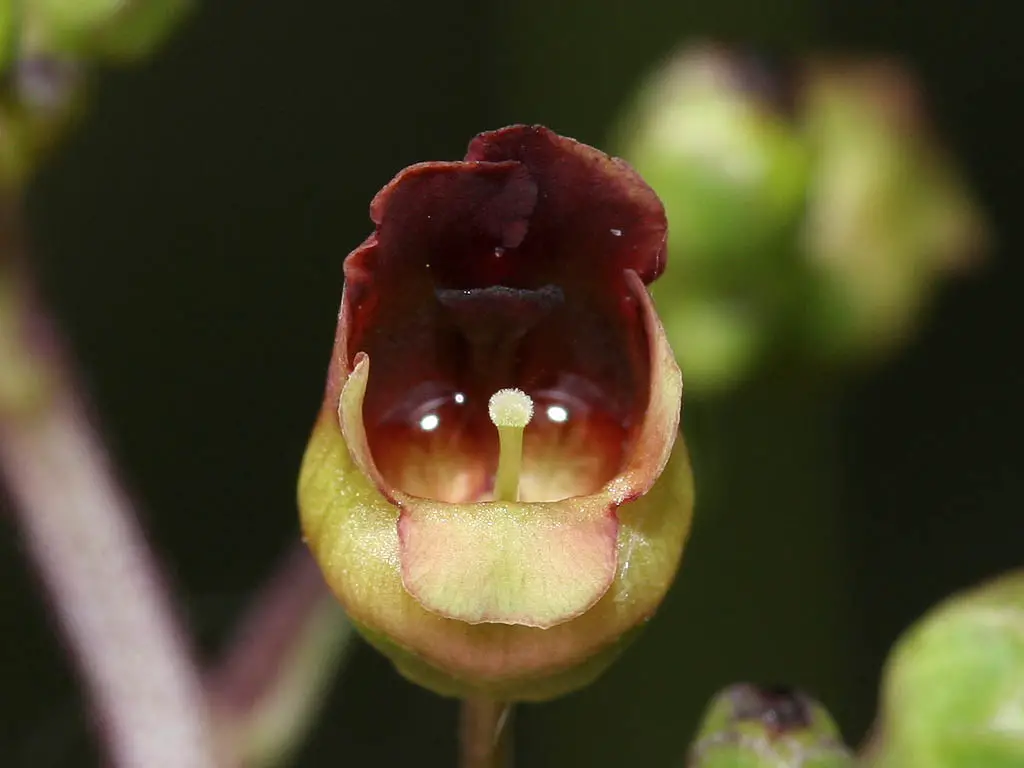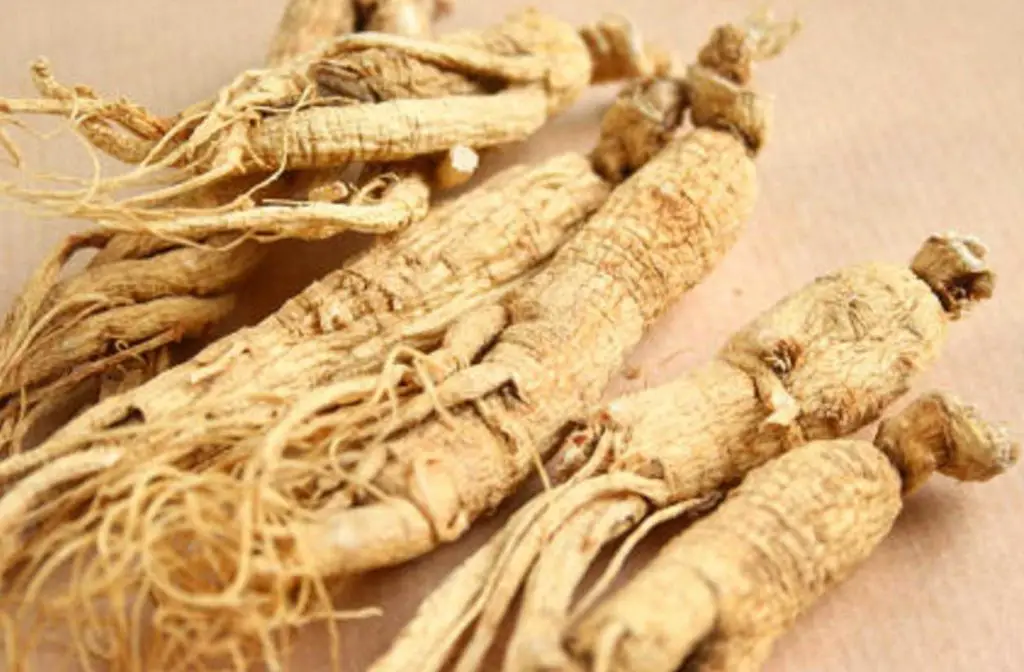What is Mormon Tea?
Mormon Tea, is a beverage prepared by using the stems of a plant known as Ephedra nevadensis. It is foraged in the North American southwestern deserts, as well as in parts of Northern Mexico. The stems can either be fresh or dried before they are soaked in hot water. Ephedra nevadensis is a shrub that is noted for its lack of leaves and the distinctive structure of its stems, which are green and interconnected with conspicuous nodes. It is known as a brush bush that produces dark brown seeds about one centimeter in length. It also has flowers that have been described as “cone-like” and grow to reported heights of five feet.

Known as “popotillo” in Mexico, it is used as a folk remedy, Mormon tea has a variety of names dating further back to when the European settlers discovered its healing properties. These names include Brigham Tea, Cowboy Tea, Whorehouse Tea, Squaw Tea, and Canyon Tea. The European-American’s referred to it as Teamster’s tea. Both the names Mormon tea and Brigham tea reference the popularity of the beverage among members of the The Church of Jesus Christ of Latter-day Saints (with Brigham Young being an early leader in the church). This is due to the fact that it a rare instance of an invigorating beverage that members of the The Church of Jesus Christ of Latter-day Saints can drink, as it has no caffeine content. This makes it an ideal alternative to caffeine-laden hot beverages, such as coffee and traditional tea. It is used as both a beverage that people drink for the purposes of quenching their thirst and for its medicinal properties.
Many first-time users of Mormon tea note its bitter taste. It is not uncommon for people who drink the tea on a regular basis to do so only after having become accustomed to the abrasive and astringent flavor that is caused by the presence of volatile oils, tannins and resin present in the chemical structure of Ephedra nevadensis. This is particularly true of the tannins.
Mormon Tea Benefits and Uses
Stimulant
As previously stated, Mormon tea has no caffeine content, but is often heralded as an energizing alternative to coffee and/or tea for those who abstain from such beverages. Anecdotal reports of the effectiveness of the stimulant contained in Mormon tea range from “mild” to “strong”. However, there is some debate as to the identity of the stimulant present within Ephedra nevadensis. Many reputable physicians and scientists claim that the component that gives Mormon tea its energizing properties is ephedrine, which is regarded as an unsafe stimulant for those with a heart condition. However, many other reputable professionals in the field claim that, in fact, Ephedra nevadensis contains absolutely no ephredrine and that it is the presence of norpseudoephedrine that gives Mormon tea its properties as a stimulant. Regardless, the amount of individuals commenting online attesting to Mormon tea’s role as an alternative to other stimulants is numerous and it remains, by far, the most popular beverage among those who abstain from coffee or tea for either religious, ethical or health reasons.
Colds
Both clinical trials and the testimony of individual users attest to the ability of Mormon tea to clear up the symptoms associated with colds and/or congestion. Scientists and physicians attribute this to the astringent properties of the tannins present. This treats colds by reducing bodily liquids that are secreted, including mucus.
Kidney Health and Diuretics
Though there is limited scientific evidence proving the effect of regular ingestion of Mormon Tea on overall kidney health, one of its most popular applications is for that exact purpose. As a stimulating beverage, Mormon tea offers some similar properties to its caffeinated counterparts. This is thought to flush out the kidneys. However, testing has shown that while its use results in increased output of urine, it is not to the extreme degree as other diuretics. These laboratory tests were conducted using both the traditional tea version of Ephedra nevadensis, as well as extracted fluids and infusions. It was found that the tea had superior diuretic properties than that of the alcoholic plant extract.
Syphilis and Gonorrhea
One of the most well-known uses of Mormon tea is its long-standing reputation as a treatment for sexually transmitted diseases dating back to the sixteenth century. So prevalent was the beverage for the treatment of venereal disease, that it became a favored treatment in brothels across the areas now known as California and Nevada. Due to the invention of penicillin, Mormon tea has fallen out of popular use as a treatment for sexually transmitted diseases, such as syphilis and gonorrhea. As such, there is limited knowledge regarding how effective Mormon tea is in treating them. However, it remains a staple among those who prefer to turn to folk medicine before being treated by conventional medicine. As of yet, there is no scientific explanation to which to attribute Mormon tea’s effectiveness, but it still continues to be a popular traditional treatment for sexually transmitted diseases. It is generally recommended that individuals with outbreaks of sexually transmitted diseases look to a licensed physician in treating their symptoms.
Weight Loss
Although there is no clinical evidence that Mormon Tea has been used for weight loss there are some historical uses and anecdotal evidence that suggest it might aid in weight loss, which makes it worth noting. It’s not clear if it encourages weight loss because Mormon Tea suppresses appetite or because the stimulant effect kick starts the metabolism.

Mormon Tea Side Effects, Toxicity, Interactions and Safety
A small amount of caution is advised when consuming Mormon tea for therapeutic reasons, recreational use and for the purposes of improving one’s physical health. It is considered a mild treatment and it is even considered to be safe for women who are pregnant or breast-feeding in what is regarded as “food amounts”. As a diuretic, the increased amount of urination can cause dehydration and therefore, it is recommended that those who drink Mormon tea should consume the necessary amounts of water. In addition, the potential constipation resulting from the extract as shown in a laboratory study is a concern. Physicians also warn of potential damages to the liver and/or kidney and stomach problems. Some studies have seen a potential link between Mormon tea and nose and throat cancer. Mormon tea has been known to absorb some substances within the digestive tract. Those who consume Mormon tea in conjunction with other medications and treatments are advised that they may decrease their effectiveness. This side effect may be potentially bypassed, if the dose of Mormon tea is taken at least one hour after the medication is orally administered.
Mormon Tea Dosage
Mormon tea is always consumed orally. The average recommended intake for an adult is one cup or 250 mL of the tea, which has a single teaspoon of the Ephedra nevadensis boiled in water. It is not recommended that an adult’s daily consumption exceed that of two cups or 500 mL.
Buying Mormon Tea
What to look for?
When shopping for Mormon tea, it is important that the sole ingredient is Ephedra nevadensis. Consumers are advised to take care not to confuse it with other members of the ephedra genus as they are likely to contain components that could produce a negative reaction. It is best that interested consumers look into the background of the supplier from which they are purchasing to ensure that they have a positive reputation as a business. Consumers with cardiovascular or problems with circulation are advised to avoid products that contain ephedrine, most notably a popular counterpart known as Ephedra sinica (see below).
Mormon Tea Powder or “Leaves”?
Mormon tea actually has stems and not leaves and traditionally the stems are used to create the tea. However; powdered versions of Mormon tea have become increasingly popular and many customers that use the powder claim that the it has a smoother taste. They also prefer the powder, as it entails easier clean-up. However, one must be careful when utilizing the powder, not to use too much, as it is more easily absorbed and dissolved.
How to make Mormon Tea?
The process of making Mormon tea has been considered to be relatively easy and requires only water (filtered is preferred) and the dried or fresh stems of Ephedra nevadensis. To make Mormon tea, it is advised that one bring the water to a boil and remove the water from the heat source before steeping one teaspoon of the tea in one cup of water. The time to steep varies, but most sources recommend a time frame of around twenty minutes. Strain the tea by whatever preferred method and ensure that the tea is a cool enough temperature to drink. To curb the bitter flavor, some people add a teaspoon of sugar, jelly or jam.

How Much Ephedrine is in Mormon Tea?
The exact amount of ephedrine in Mormon Tea is zero. Ephedrine and Ephedra are different and should not be confused with each other. There are many species of the Ephedra plant, the ones that are illegal in many parts of the world contain the dangerous stimulant ephedrine.
Mormon Tea vs. Ma Huang
Ma Huang (also known as Ephedra sinica) is a similar species of plant life within the ephedra genus. Native to China, it is imported to buyers in the West. The major difference is that Ma Huang contains ephedrine, thus taking caution is necessary when administering Ma Huang. Ephedrine has been known to heighten blood pressure and cause heart complications. It is also somewhat more expensive than Mormon tea, as it needs to be imported. Despite these drawbacks, many individuals report preferring Ma Huang to Mormon tea. Based on their personal experiences, they claim that it serves as a stronger treatment. Please note, Ephedrine may be illegal where you live.
References:
https://www.ncbi.nlm.nih.gov/pubmed/28308989
https://www.ncbi.nlm.nih.gov/pmc/articles/PMC4594322/
http://www.pfaf.org/user/Plant.aspx?LatinName=Ephedra+nevadensis
http://www.sciencedirect.com/science/article/pii/S0898140X15362649





Your dosing and preparation instructions could use some clarification. Is it 1 tsp of fresh or dried herb to 1 cup water? You mention I tsp “tea” in water but tea is usually an herbal preparationnin water so it makes no sense. Also usually the fresh herb content differs from the dried herb so that could use clarifying. Otherwise it’s a very informative article!
I can see how it’s a bit confusing. It’s 1 tsp of dried herb.
I used to drink this as a kid. It’s pretty good. By the way, the correct name of the “Mormon” church is “The Church of Jesus Christ of Latter-day Saints” rather than “The Church of the Latter-day Saints”.
Good to know, thanks Rob!
Thanks, this is a nice article to reference. I had bought some a couple of years ago and then didn’t use it. I was looking up the information to see why, and I now remember!! Help for allergies and weight. 😜
Just curious, it’s been a year since the above comment about the name of the church. Any chance you are willing to update three article to use the correct name of the church in your article?
Thanks, Paige
Hi Paige! It’s been updated. Thank you
Is it called The Church of Jesus Christ of Latter-day Saints tea?